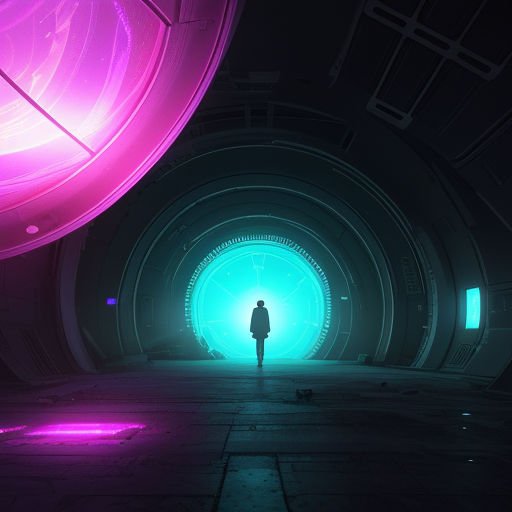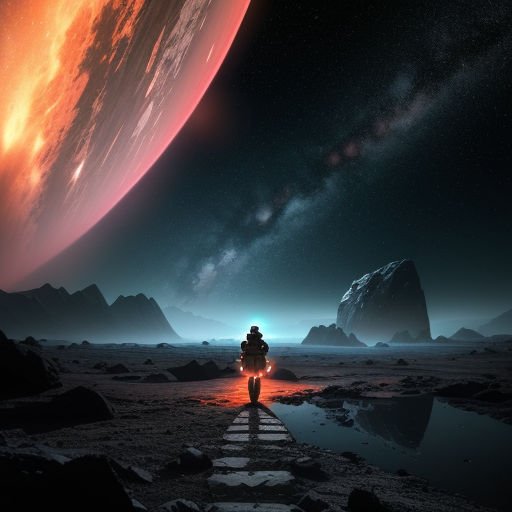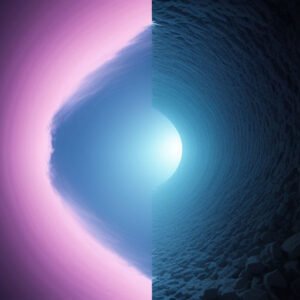Ghosts in the Void One Abandoned Space Station That Will Chill Your Circuits
Space Station Nightmares: The Haunting Premise of Event Horizon
Few sci-fi horror films have etched themselves so deeply into the psyche of genre devotees as the 1997 movie set aboard a doomed space station. Event Horizon revolves around a rescue crew sent to investigate a missing spaceship that eerily reappears near Neptune, carrying with it an otherworldly terror. The film’s effective mix of science fiction and cosmic horror taps into humanity’s primal fear of the unknown sprawled across the infinite reaches of space. The setting on a space station enhances the claustrophobic dread, anchoring the surreal horrors in a confined, isolating environment that forces characters—and viewers—to confront madness and darkness without escape.
The space station in Event Horizon isn’t just a backdrop—it’s a character all its own, shaping the narrative’s mood and tension. This article journeys through the film’s innovative use of the space station, delves into the scientific and psychological concepts exploited, and uncovers little-known facts that make this cult classic unforgettable.
The Space Station as a Character: More Than Just a Setting
Architectural Terror: Design That Breeds Unease
The design of the spacecraft Event Horizon cleverly blends high-tech futurism with nightmarish elements. Its sleek, clinical corridors resemble any advanced space station, but subtle details reveal corruption beneath the surface:
– Gothic arches and cathedral-like structures inside the ship suggest a sinister spiritual dimension.
– Dim lighting and frequent shadows create an unsettling labyrinthine maze.
– The ship’s self-destruct mechanism, which manifests as a burning hellscape corridor, immerses the crew in a literal inferno.
These design choices amplify the psychological horror, making the space station feel alive, malevolent, and unpredictable.
Claustrophobia and Isolation in Space Stations
Space stations are notoriously confined environments, and this confinement compounds tension and paranoia. In Event Horizon, the rescue crew is trapped in tight corridors and an airtight vessel with limited room to maneuver—an allegory for trapped minds descending into madness. The space station’s isolation from Earth and any assistance underscores themes of helplessness and existential dread. The horror isn’t just external monsters but internal fears intensified by the station’s deadly silence and vast emptiness all around.
Behind the Scenes: How Event Horizon Brought the Space Station to Life
Innovative Practical Effects over CGI
Unlike many sci-fi films of its era that leaned heavily on early CGI, Event Horizon employed practical effects and intricate set designs to lend authenticity. The production team built large, detailed interior sets replicating a space station’s claustrophobic ambiance. They used clever camera angles, lighting tricks, and real physical effects like smoke and fire to create immersive environments. This hands-on approach imbued the space station with a tactile, visceral quality that made the terror feel genuine and immediate.
Influences from Real Space Station Technology
The film’s designers incorporated authentic space station elements inspired by NASA’s real-life engineering challenges:
– Airlock systems and pressure doors reflect real safety features.
– Consoles and instrumentation mimic actual spacecraft user interfaces.
– The depiction of zero-gravity and mechanical failures draws from documented astronaut experiences.
These nods to realism enhance audience immersion and reinforce the plausibility of the story’s setting.
The Psychological and Scientific Undercurrents in Event Horizon’s Space Station
The Ship as a Portal to Madness
Event Horizon’s unique horror premise centers on the ship’s experimental gravity drive, which inadvertently creates a gateway to a hellish dimension. This sci-fi concept uses the space station as a catalyst for psychological breakdowns:
– The crew experiences hallucinations linked to their greatest fears and regrets.
– The vessel itself seems to possess a malevolent consciousness influencing minds.
– This portrayal showcases how extreme isolation combined with exposure to unknown cosmic forces distorts reality.
Such an interpretation speaks to the nature of space stations as hermetic chambers vulnerable both physically and mentally.
Scientific Plausibility and Speculative Ideas
While Event Horizon embraces fiction, it touches on speculative science:
– Faster-than-light travel via creating wormholes or folding space.
– The idea of alternate dimensions existing adjacent to our own.
– Psychosomatic effects induced by high radiation or spatial anomalies.
Contemporary physics still debates these concepts, but the film imagines them with chilling creativity within the familiar confines of a space station, cleverly mixing science with supernatural dread.
Legacy and Impact: Why Event Horizon’s Space Station Still Haunts
A Cult Classic That Redefined Space Horror
Although initially receiving mixed reviews, Event Horizon has earned a devoted following for:
– Its unique blend of sci-fi and horror that few films have dared to revisit.
– Its unsettling, vivid depiction of a space station as a landscape of nightmares.
– Influencing later media, including shows like “The Expanse” and recent games exploring haunted spacecraft themes.
The movie stands out as an example of how setting and atmosphere can profoundly impact storytelling in the sci-fi horror genre.
Eye-Opening Trivia About the Film’s Space Station
– The Event Horizon ship’s design was inspired by the interiors of NASA’s Space Shuttle and Stanley Kubrick’s “2001: A Space Odyssey.”
– Director Paul W.S. Anderson cut several intense horror sequences from the theatrical release, some of which have resurfaced in extended cuts adding more space station terror.
– The visual effects crew used miniatures and practical fire effects underwater to simulate burning corridors—a testament to filmmaking ingenuity in depicting a space station disaster.
Exploring Space Station Horror Beyond Event Horizon
Event Horizon initiated a rich vein of storytelling examining how space stations amplify fear:
– Films like “Sunshine” (2007) and “Alien” series continue exploring isolation and madness in space station-like settings.
– Recent video games simulate haunting space stations where players face psychological and supernatural dangers.
– Space station settings remain potent metaphors for humanity’s vulnerability in the cosmos.
If you want to dive deeper into the reality of space stations that inspired such fiction, NASA’s real-time International Space Station (ISS) operations page offers fascinating insights: https://www.nasa.gov/mission_pages/station/main/index.html
Final Thoughts on the Intersection of Space Stations and Cosmic Horror
Event Horizon masterfully uses the space station environment not only as a futuristic vessel but as an incubator of all-encompassing dread. The claustrophobic corridors, the sterile yet ominous design, and the scientific plausibility combined with supernatural speculation create a uniquely terrifying experience. This film reminds us that the most profound horrors often reside not just in distant worlds but within the sealed walls of a space station hurtling through the void—where both space and sanity can be lost.
If you’re fascinated by how our deepest fears can manifest in the stars, revisiting Event Horizon offers an intense journey into one of sci-fi horror’s unforgettable space station nightmares. For those inspired, exploring real space stations and current space exploration missions can provide a refreshing contrast between terrifying fiction and the awe-inspiring reality of venturing beyond Earth. Why not watch the film again with an eye for its space station details and see how it reshaped space horror forever?














Post Comment